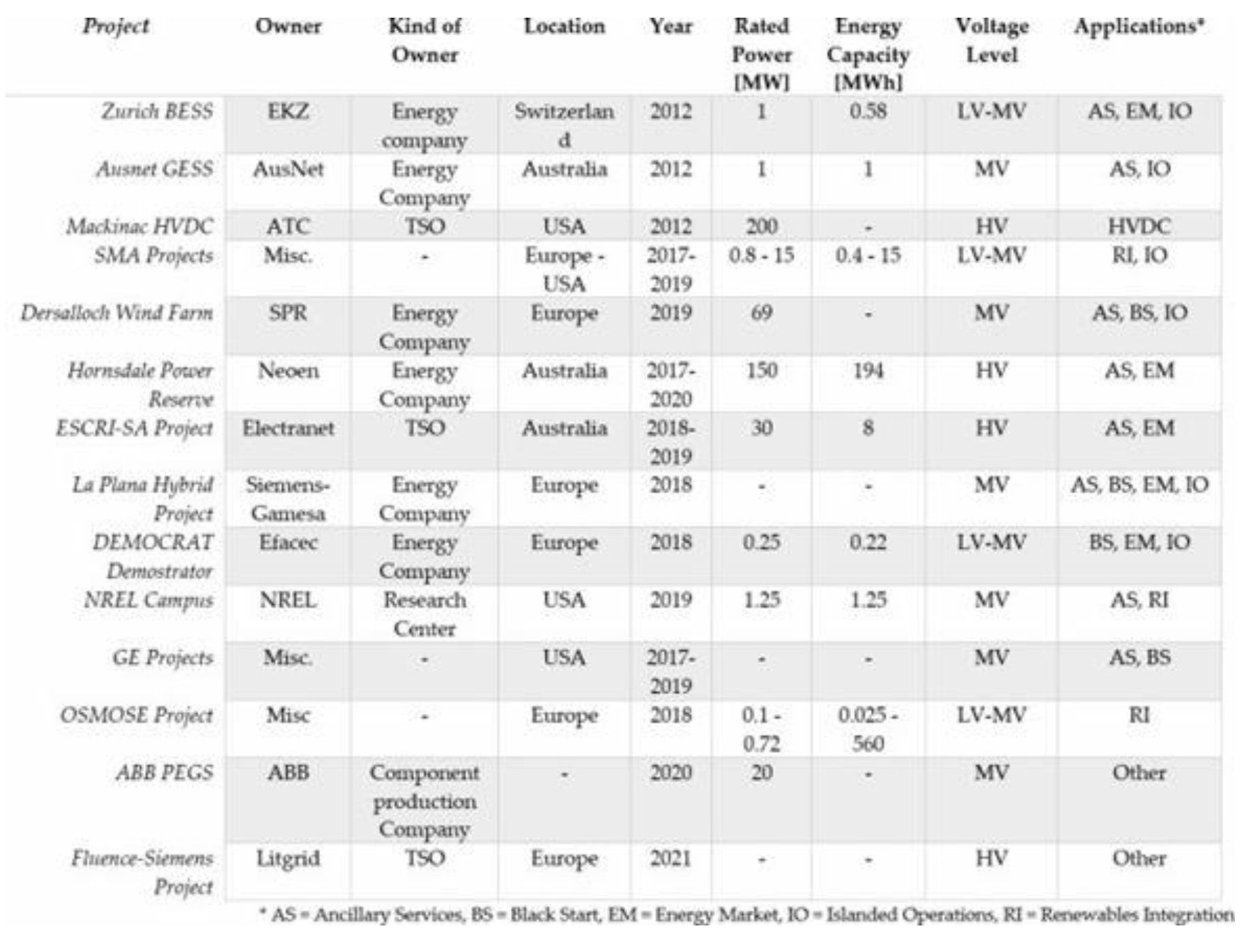Posted on
Examining grid-forming converters
Incite Energy electrical engineer, Matias Valdes, shares this comprehensive review about some pilot projects and demonstrations around the world examining grid-forming (GFM) converters. This paper present interesting angles and different perspectives to address the topic and the latest results from on-field …

Incite Energy electrical engineer, Matias Valdes, shares this comprehensive review about some pilot projects and demonstrations around the world examining grid-forming (GFM) converters.
This paper present interesting angles and different perspectives to address the topic and the latest results from on-field experiments. (Australian Hornsdale Tesla BESS (SA), Dalrymple ESCRI BESS (SA) and AusNet (VIC) GESS for distribution network managed by ABB Australia are mentioned as 3 of the most significant worldwide!).
As mentioned in the paper, GFM inverters are converters capable of controlling the voltage at its terminals independently of the grid voltage. This gives them important advantages over current control schemes, as GFM can consistently provide a voltage signal in the presence of network imbalances and even in the absence of grid voltage, all of which are impossible for grid following inverters (GFL).
Some key conclusions from this research:
To this day, there are slightly different definitions about what a GFM converter is. This should be addressed by regulators and national grid codes should include a unique and clear definition for GFM. On a similar note, its ability to contribute to the system inertia, fault infeed, synchronous torque, island operation services makes it necessary to regulate its expected performances to establish a common standard regarding the connection of power converters to the grid, facilitating large-scale developing of this technology worldwide.
These pilots will play a key role in validating the important correlation between their observed behaviour in real operations and different GFM control schemes (droop methods, virtual synchronous machines (VSM), etc) presented in research studies with their associated models (modal analysis with eigensystems become more and more valuable to understand power systems dynamic states). It’s highlighted how this matching-check should be done under both normal and fault conditions and considering multiple GFM converters with different control settings interacting with each other.
There is evidence suggesting important benefits from utilising distribution networks for the provision of ancillary services at the MV level. Furthermore, in the future these ancillary services could benefit from LV optimisations at the DC side (PV/BESS mix) connected to the network through GFM converters. Smart meters and demand response management tools will play a key role enabling the development of LV GFM pilots that can provide additional gear to facilitate a decarbonised smart grid fully supported by renewables.

